BPC Builds Net Zero Energy Homes
In Western Connecticut and the Adjacent Areas of New York
What is a Net Zero Energy Home?
A Net Zero Energy Home, aka Net Zero Home or Zero Energy Home (ZEH), is any home that generates the same amount of clean green energy as it uses. If connected to a power grid, it generates sufficient excess clean energy and feeds that clean energy back into the power grid to fully offset the energy the home used from the power grid. Hence the name Net Zero Energy.
The home’s clean energy is usually generated by the home having photovoltaic (PV) solar panels or any other clean source of energy such as a wind turbine or a hydro-electric generator. The source of the power generated by the home cannot come from any fossil fuel or greenhouse gas emitting form of power generation.
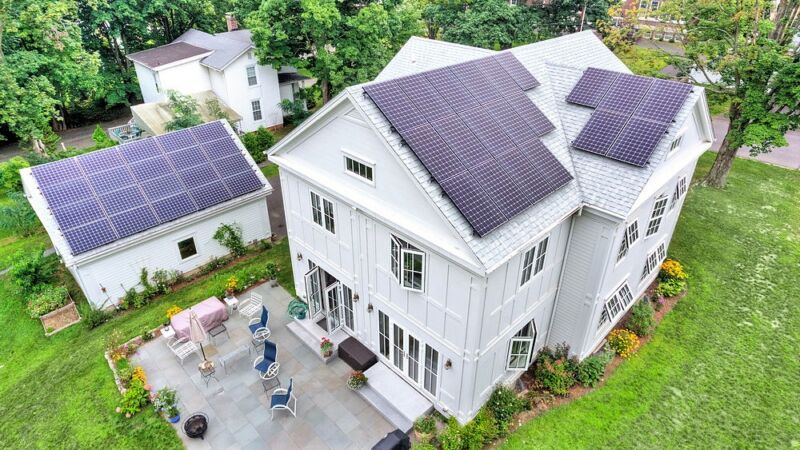
How is Net Zero Energy Use Defined?
The Home Energy Rating System (HERS) score by energy modeling and testing predicts the amount of net energy a home will use. To be a Net Zero Energy Home, the home’s HERS score must be 0. If the home’s HERS score is below 0, (-1, -5, -10, or lower), the home would be called a Positive Energy Home. If the home’s HERS score is near 0, it is called a Near Net Zero Energy Home. There is no official HERS score rating that defines a Near Net Zero Energy Home. BPC defines a near Net Zero Home as having a HERS score of 15 or less. A new conventional home built to the national energy standard would have a HERS score of 100 for comparison.
Net Metering and Zero Energy Homes
For a home to feed clean energy back into the power grid, a home must be connected to the area’s power grid with a bi-directional electric meter, also called a Net Meter. This net meter essentially runs forward when the energy from the grid is going to the home and runs backward when the home is feeding energy back into the grid.
In many areas, power companies provide the owner of the home a 1:1 kWh credit for the energy the home generates and sends to the grid. Different power companies and regions have different practices and policies for net metering and net metering credits. BPC can provide you with information about net metering practices in its service area, but it is always best to get the most current and detailed information from your power company. For more information about net metering, read our Net Metering Explained article.
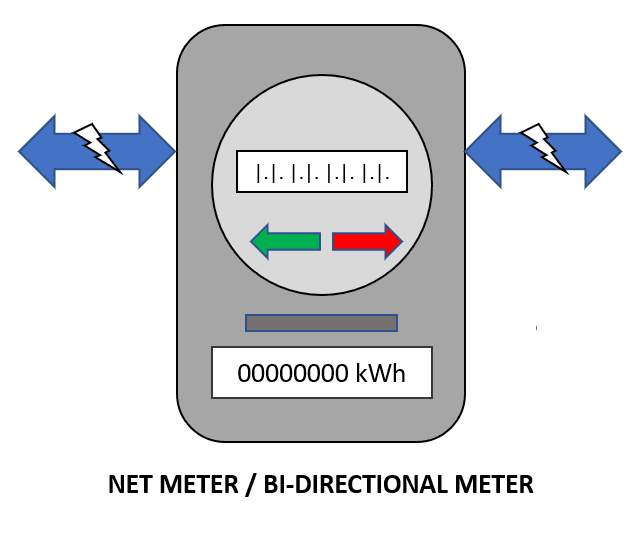
BPC Builds Award-Winning Net Zero Energy Homes
Today, most of the new homes BPC Green Builders builds are designed to achieve net-zero energy use, and many of these homes have won local, regional, or national awards and recognition.
Over the years, BPC has built many Zero Energy Homes, near Zero Energy Homes, and some Positive Energy Homes. BPC has also renovated and retrofitted existing homes to become Zero Energy Homes.
From 2009 through the summer of 2019, BPC has built 4 custom near-zero energy homes and 7 custom positive energy or zero energy homes.
7 Benefits ALL Net Zero Energy Homes Enjoy
Financial incentives that offset the cost of a PV solar system
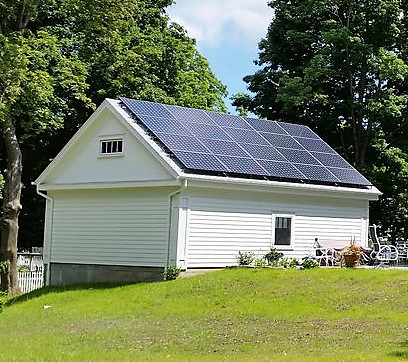
Because of federal tax credits – and in some areas like the BPC service area, state, local, and/or utility financial incentives – the full cost of installing a PV solar panel system is reduced. This lowers the cost of your ZEH.
Complete cost recovery of PV system costs quickly
Achieving net zero energy use can mean savings of thousands of dollars a year on energy. This means the cost of your PV solar system will be recovered by the savings it generates. In the BPC service area, electrical energy is more expensive than it is in many parts of the country, so the period to recover all your costs can be in the range of 7-10 years.
Zero expenses for electricity from the power company and ongoing
If your home is a net zero energy home, your annual electrical bill will net zero costs for the electrical power portion* of your bill. This also means as electric power becomes more expensive over time, you will not experience those cost increases.
Resiliency
Storms happen more frequently now. Trees fall, and the power goes out for thousands. Having a PV solar system, if you also have a battery system, means your home will have some or all the power it needs. The cost of battery systems is expected to drop, so some of BPC’s customers are installing solar systems now and planning to install batteries at a later date.
Sustainable
Electrical energy from PV solar panel systems is sustainable power. No matter how much electrical energy you get from your solar panels, no resource is reduced or diminished.
Helps Mitigate the Climate Crisis
Energy from PV Solar Panels has no carbon footprint. It is 100% clean, green, and plentiful. All fossil fuels, oil, gas, and coal contribute to the climate crisis. Not one of these fuels will help the world achieve zero carbon emissions. Electricity from nuclear power plants may not have a carbon footprint, but the nuclear fuel and the power plant itself pose serious environmental problems and risks.
Expected Higher Resale Value of Home
Depending on the part of the country and the home, current resale values for energy efficient homes with solar panels are between approximately 2% and 12% higher than equivalent homes that are not energy efficient and have no solar panels. A recent Zillow survey of homes with solar panels in the New York City area indicated they sell for 5.4% more than comparable non-green homes. The percentage increase in resale value varies across the country. The Zillow survey pegged the national average at 4.1%, but reviewing articles about green homes’ increased resale value leads us to believe the range is generally between 2% and 12%.
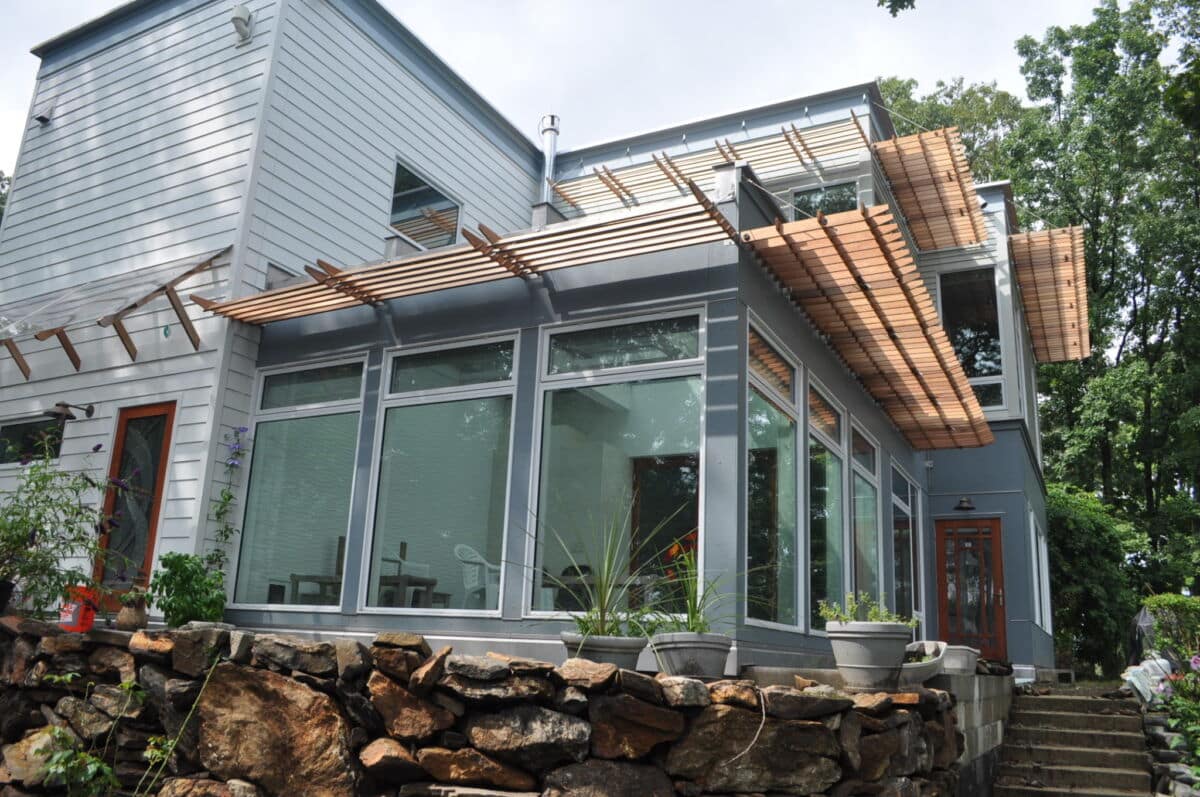
Benefits Only Some Net Zero Energy Homes Enjoy
A net zero energy home can start as any home. They usually fall into three categories:
- Older existing home
- Conventionally built new home
- A home built to or renovated to a green home building standard
Any of these homes with a PV solar panel system large enough to offset ALL the energy the home pulls from the power grid, and that has a net meter, can be called a Zero Energy Home.
However, starting with a green home such as a Zero Energy Ready Home, Passive House, LEED, or National Green Building Standard Home, a Net Zero Energy Home will enjoy additional advantages such as:
- The size of the PV solar panel system can be much smaller, and they cost much less
- While older homes and new conventional homes may qualify as net zero energy, they will not be as comfortable as starting with a green home. Green homes are built to be virtually air-tight and are super-insulated; this means no drafts from outside and a more even temperature and humidity throughout the home.
- Older and conventionally built new homes do not normally have the fresh air ventilation systems, radon prevention and mitigation systems built-in, nor high-performance air filtration systems assuring high indoor air quality and a healthy environment as green built homes do.
- Non-green homes may have building materials that give off unhealthy gases known as VOCs.
- Non-green homes don’t have these and other benefits only green homes offer.
Grid-Connected and Non-Grid-Connected Zero Energy Homes
Grid-Connected ZEH
In most areas, a zero energy home will be connected to the electric grid. This is so it can pull power when the home’s solar panels don’t produce enough energy for the home. For a grid-connected home with solar panels to be net-zero energy, the home must be connected to the power grid in such a way that the clean energy produced by the solar panels (in excess of what the home is using at the moment) can be fed back into the grid to offset the energy the home pulls from the grid, such as at night.
The type of connection used to allow this to happen is called a net meter or bi-directional meter. It allows energy to flow to and from the home and grid. A net meter measures the flow in each direction to determine if the home is producing more, less, or the same amount of energy it uses from the grid.
A net zero energy home is one that feeds into the grid at various times the exact amount of energy it pulls from the grid at other times. If it comes close to equal, it is called a near-zero energy home. If it produces more energy than it uses, it is called a Positive Energy Home.
Non-Grid-Connected ZEH
With the use of home-scale batteries, like those starting to be used more and more, a home can store energy from its solar panels when they are producing more energy than the home is currently using. The home then draws power from the batteries when the solar panels don’t produce enough energy for the home.
Home-scale batteries are not commonly used today because of price. PV solar panels with batteries are starting to come down in price and have increased storage performance. Within a few years it is likely even homeowners who have access to the power grid may find PV solar panel and battery systems a better solution for their homes than being grid-connected.
Right now, battery systems, backed up with diesel, gas, or propane power generators, can be used by homes where there is no electric power grid.
A Net Zero Energy Home is Possible Even if You Use Some Natural Gas
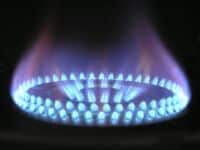
Net metering practices vary from area to area. Offsetting your use of gas by installing additional solar panels may or may not provide the same financial benefit as offsetting your use of electrical energy from the power grid.
However, if Net Zero Energy is what you are seeking, it can be accomplished.
Some of our Net Zero Energy Home Projects
Certain towns and cities in these counties:
Fairfield County, CT | Litchfield County, CT | New Haven County, CT: | Westchester, NY | Putnam, NY | Dutchess, NY

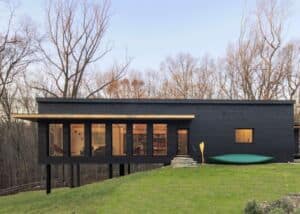
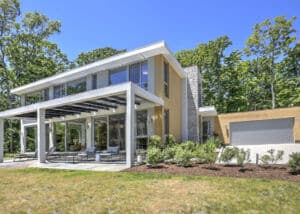
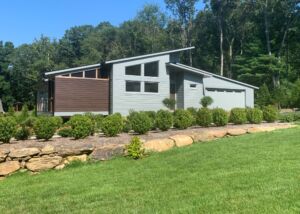
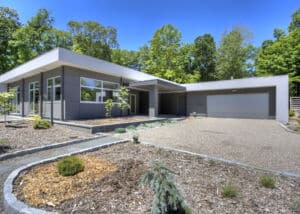
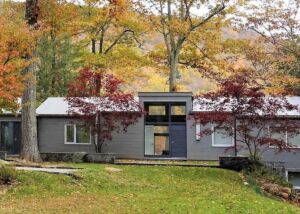
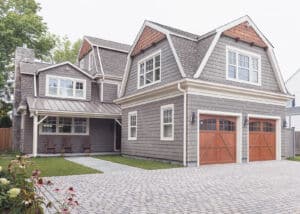

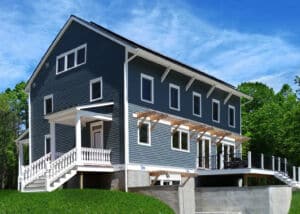
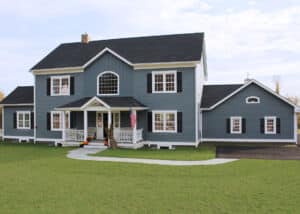

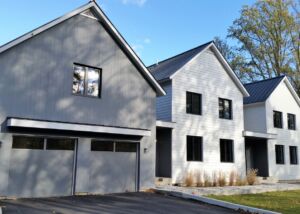
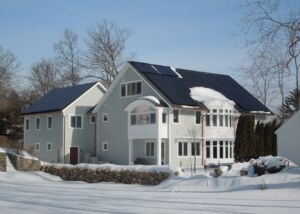
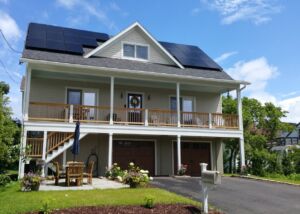
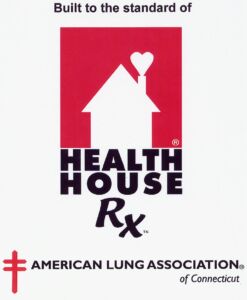
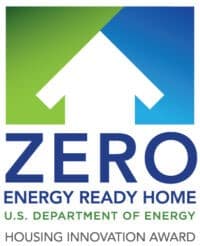

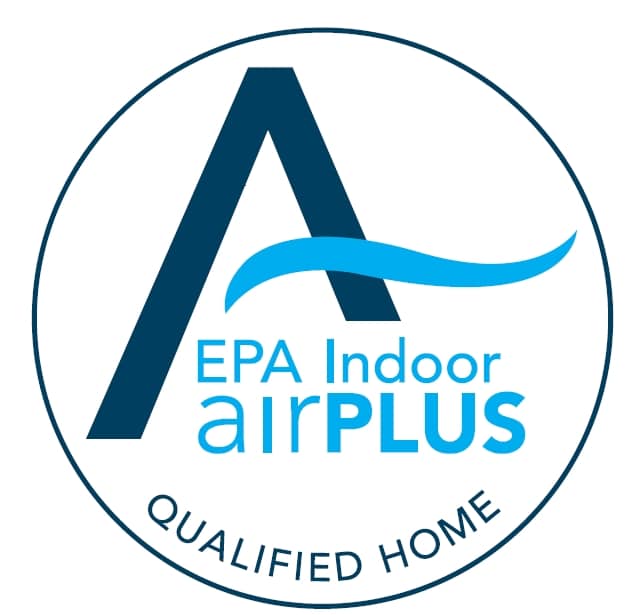

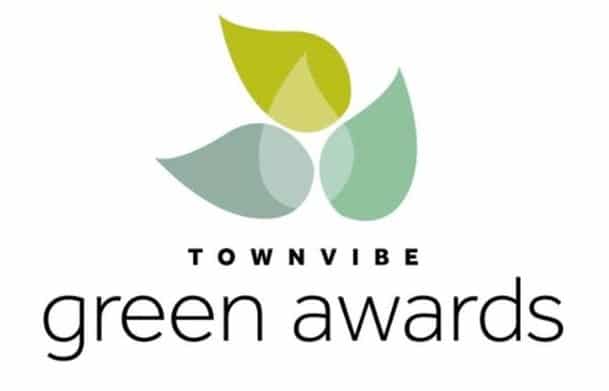
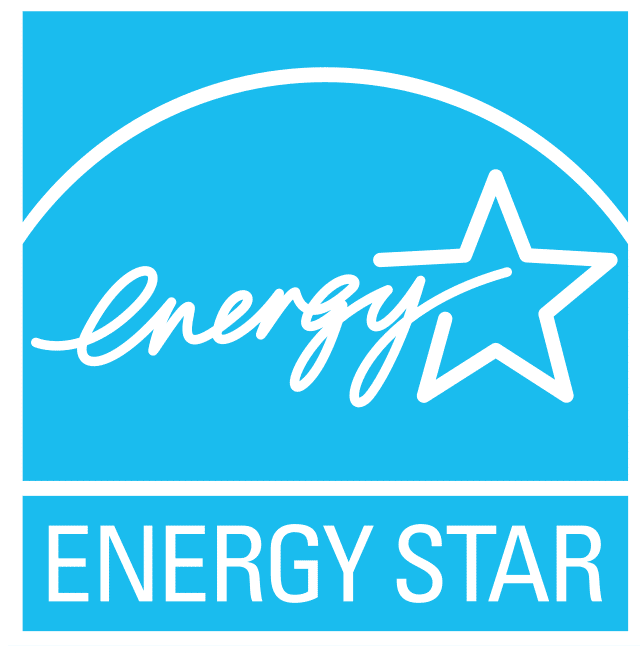
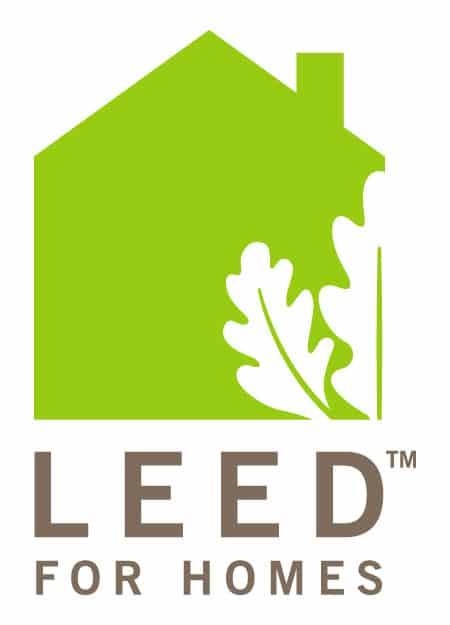





Get Social